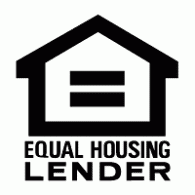Unlocking Savings: The Power of Mortgage Refinance in Today’s Market
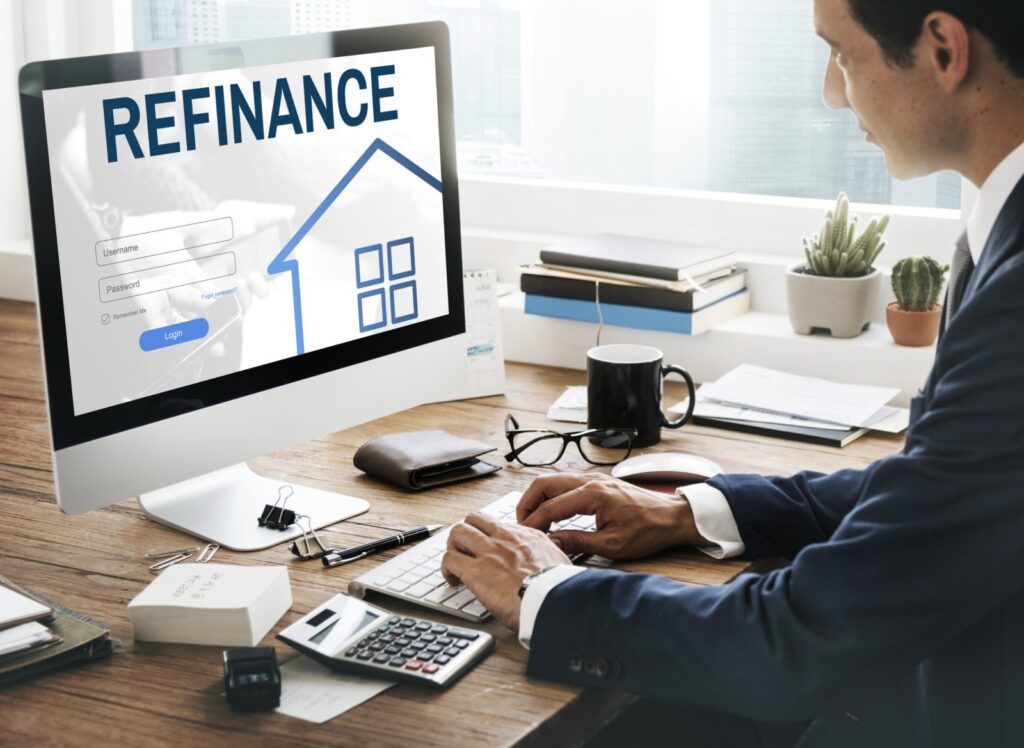
Unlocking Savings: The Power of Mortgage Refinance in Today’s Market In today’s ever-changing financial landscape, one term that’s gaining significant attention is “Refinance.” If you’re a homeowner with a mortgage interest rate of six percent or higher, you’ve arrived at the right place. Mortgage refinancing is the financial strategy that’s taking the market by storm, […]
The Do’s and Don’ts of Using Home Equity

Home equity loans can be a valuable financial tool for homeowners, offering an opportunity to leverage the equity in their home for various purposes. However, like any financial decision, it’s essential to approach these loans with caution and knowledge. This blog will explore the do’s and don’ts of using home equity, guiding you to make […]
Doctor Loans Program with Minimal Down Payments

Creative Solutions for Doctors with Negative Savings to Acquire Homes with Minimal Down Payments Considering the Doctor Loans Program by Blake Mortgage. Would this be the answer for physicians with negative savings? The dream of owning a home may seem out of reach for doctors with negative savings due to hefty student loans and other […]
The Proper Way of Refinancing your Rental Properties

What do you need to know about refinancing Rental Properties? Investing in real estate is one of the many ways to build up wealth. Homeowners buy a house, rent them out, and earn income from the rent. These houses for rent are purchased through home loans. If you have an investment property or more, you […]
Getting a Refinance Loan is Better Due to Lower Rates
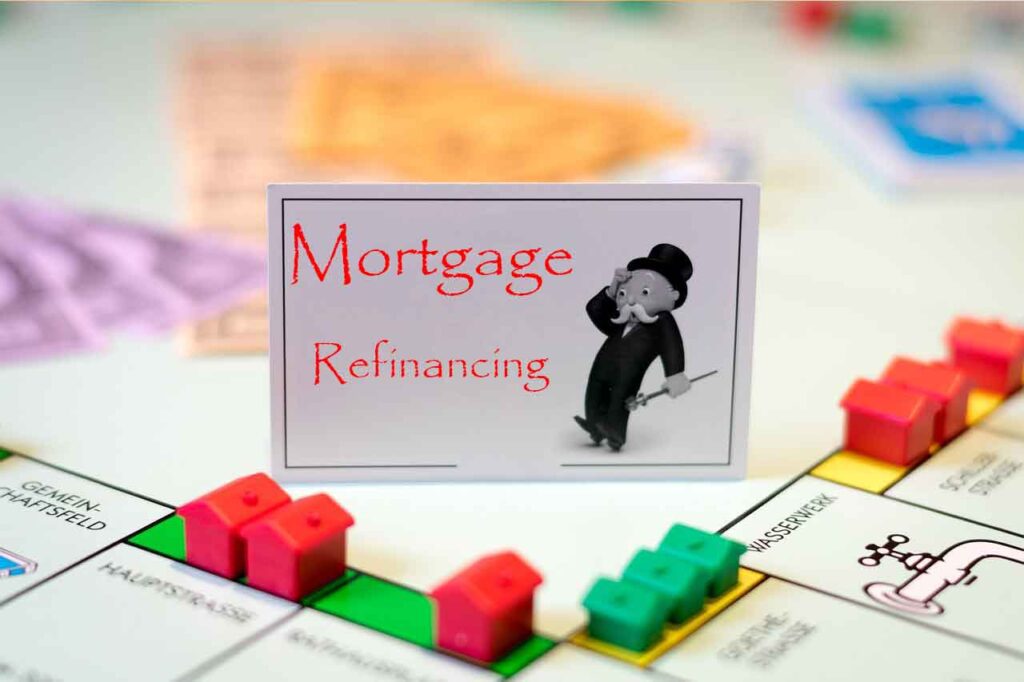
The start of November has shown plenty of homeowners refinancing their homes. It’s a good sign for other homeowners who are still planning about whether they should get their houses refinanced. Mortgage refinancing has seen a considerable increase in applications since late July. The main reason refinance loans are rebounding this month is the lower […]
Top Loan Setbacks that VA’s Encounter

Are you an active service member, veteran, or surviving spouse? Do you know that you can obtain a zero-down payment VA home loan? This can be the best financing option to purchase a home or even refinance your home. Your dream to become a homeowner can be realized sooner than later. However, there are some […]
5 Things to Avoid During a Construction Loan
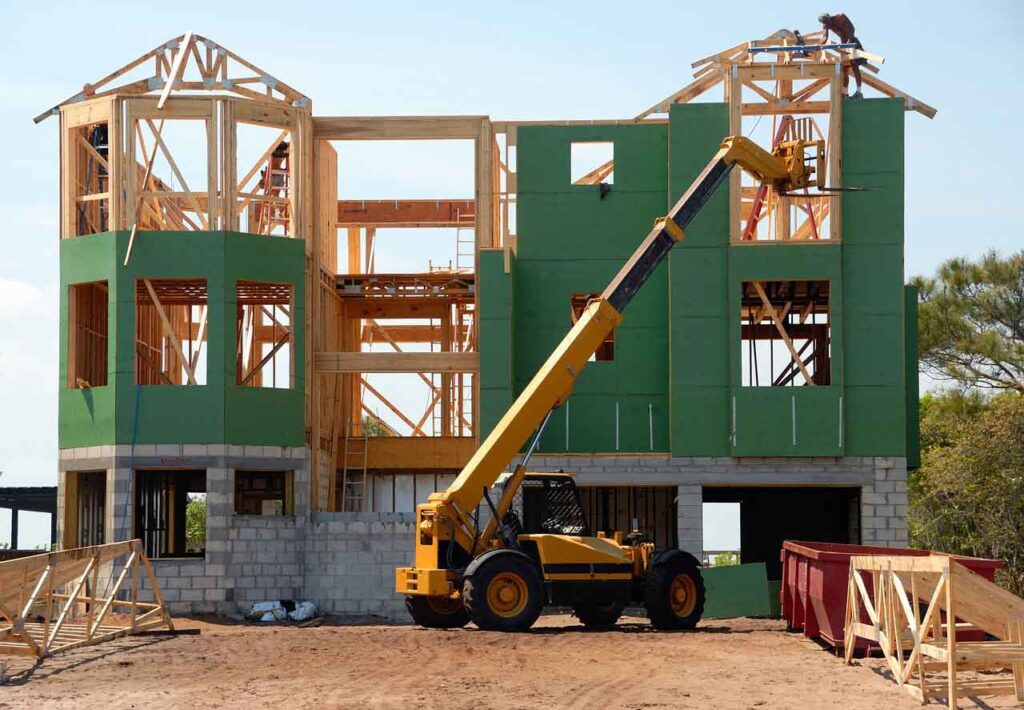
Building a home is an exciting and complicated process. It’s exciting because you get a chance to tailor your home according to your lifestyle, budget, and family. It gets tricky when the costs add up fast and you don’t have the cash on hand to pay; this is when a construction loan comes in handy. […]
How To Get Cash Out of Your Investment Property With No Income Documentation
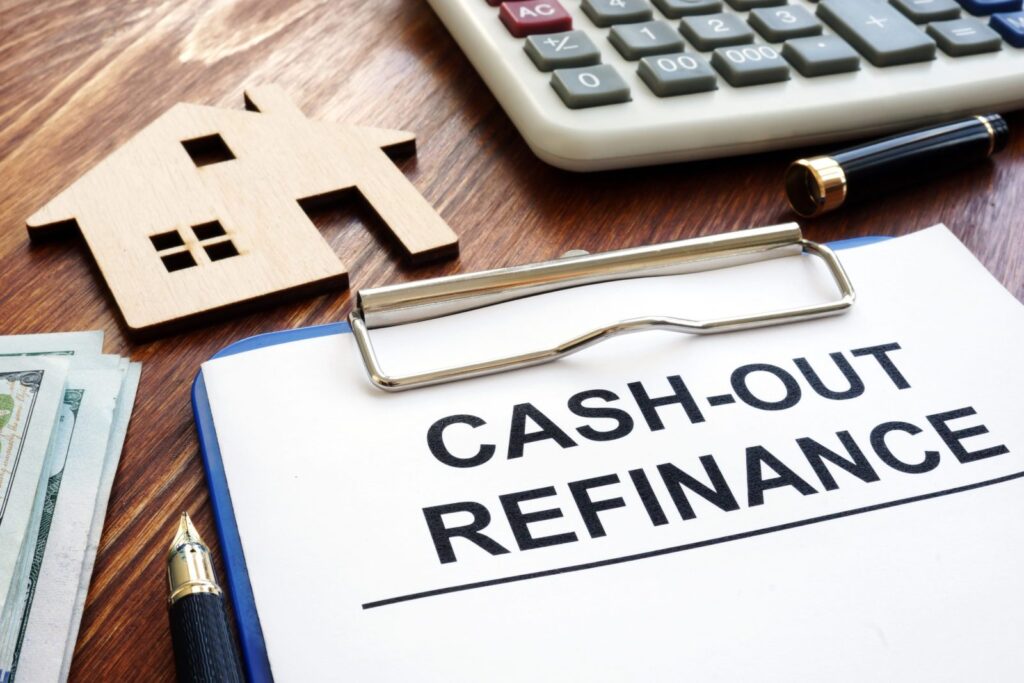
As investment values increase in many areas, savvy real estate investors recognize the opportunity to tap into their property’s equity. A cash out on investment property is one of the best opportunities to make the most out of this situation. There are countless uses for those funds — home improvement projects, adding new property, or […]
The Benefits of Using Unsecured Business Purpose Loans

For many small businesses, obtaining a business loan can be quite difficult. As many small business owners don’t have the collateral to pledge for a traditional secured loan. Therefore, unsecured business purpose loans are often a better option. While unsecured business loans are often tougher to qualify for. It can carry higher interest rates than […]
The Difference Between A Fixed Rate And An Adjustable Rate Mortgage

The loan’s interest rate should be among the essential things to think about while looking for a mortgage loan to finance your home purchase. In terms of choices, you have two types of mortgages to choose from: those with fixed interest rates and those with variable interest rates. These two types vary. One has a […]




